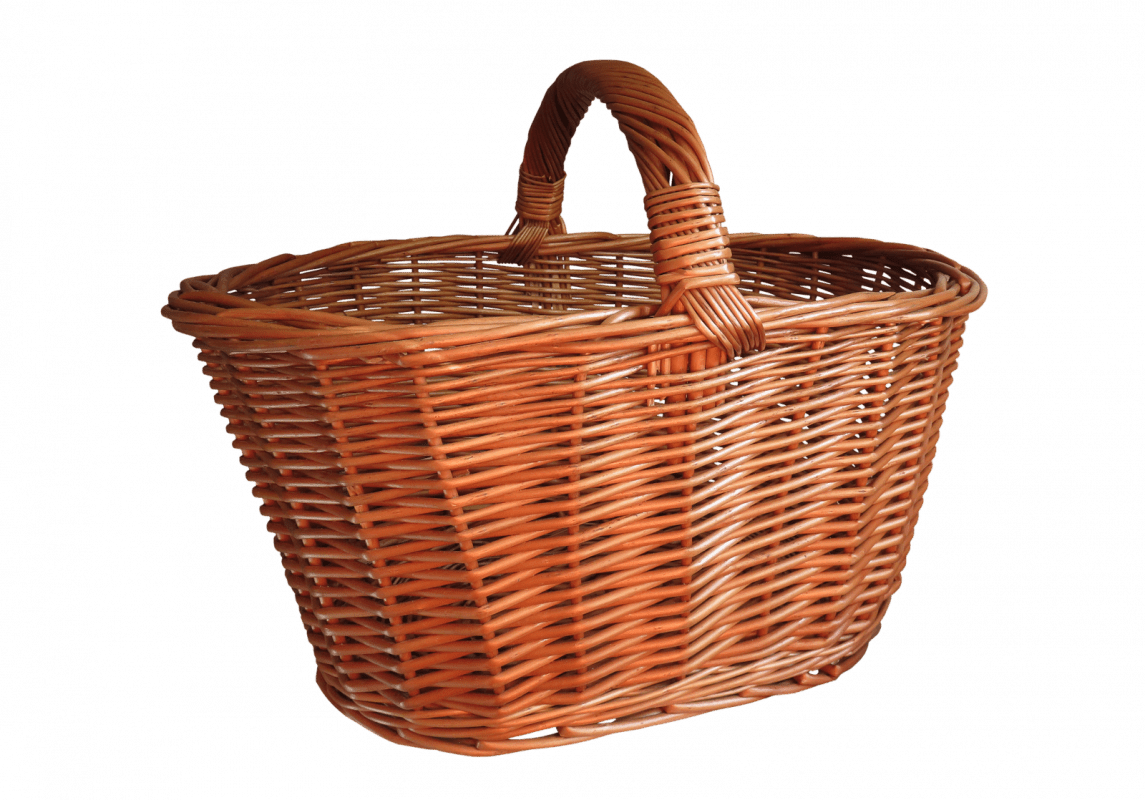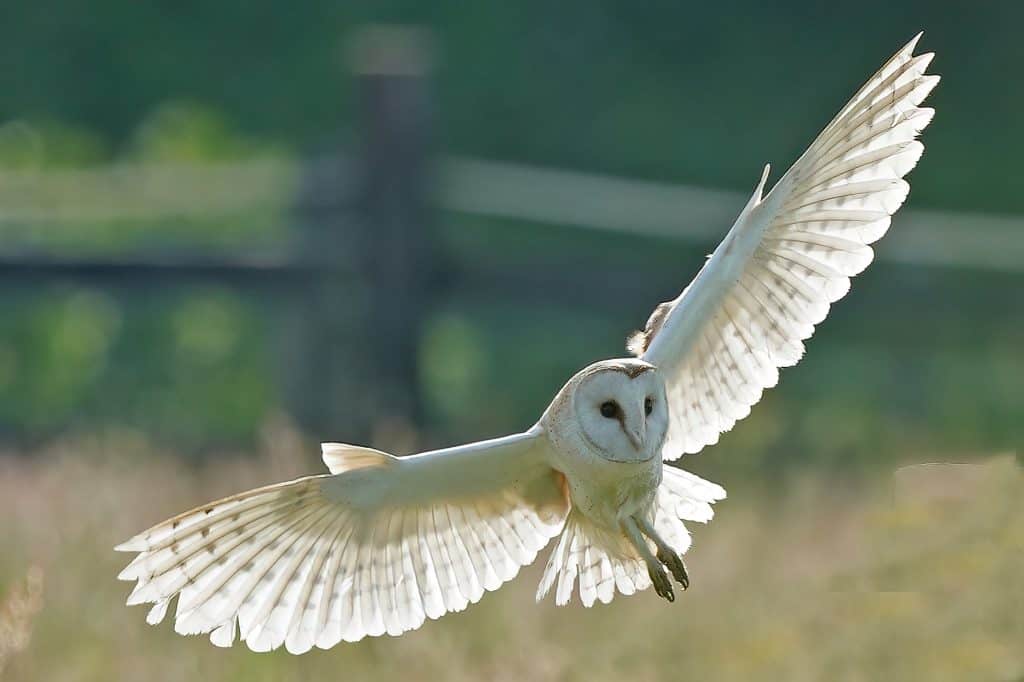Kestrel
Falco tinnunculus
RSPB Conservation Status – Amber
Last seen – 23-4-23
The kestrel is a small bird of prey and has a distinctive plumage, with a reddish-brown back and tail, and black bars on its wings.
The species is considered to be of moderate conservation concern, with declines in some areas due to habitat loss and fragmentation.
Facts
Population – Approximately 31,000 breeding pairs
Length – 32 – 35 cm
Wingspan – 71 – 80 cm
Weight – 155 – 255 g
Breeding
Kestrels breed between March and August, with females laying a clutch of around four to five eggs in a nest made of sticks and other materials.
The eggs are incubated for around 27-29 days, and the chicks fledge after around 28-30 days.
Habitat
Kestrels can be found in a variety of habitats, including farmland, grassland, and heathland.
They are particularly common in open areas with few trees, where they can be seen hovering over the ground and scanning for prey.
Food
Kestrels are carnivorous, feeding on a range of small prey such as rodents, birds, and insects.
They are known for their hovering hunting technique, where they hover in mid-air while scanning the ground for prey.
Once they spot their prey, they swoop down to catch it.










